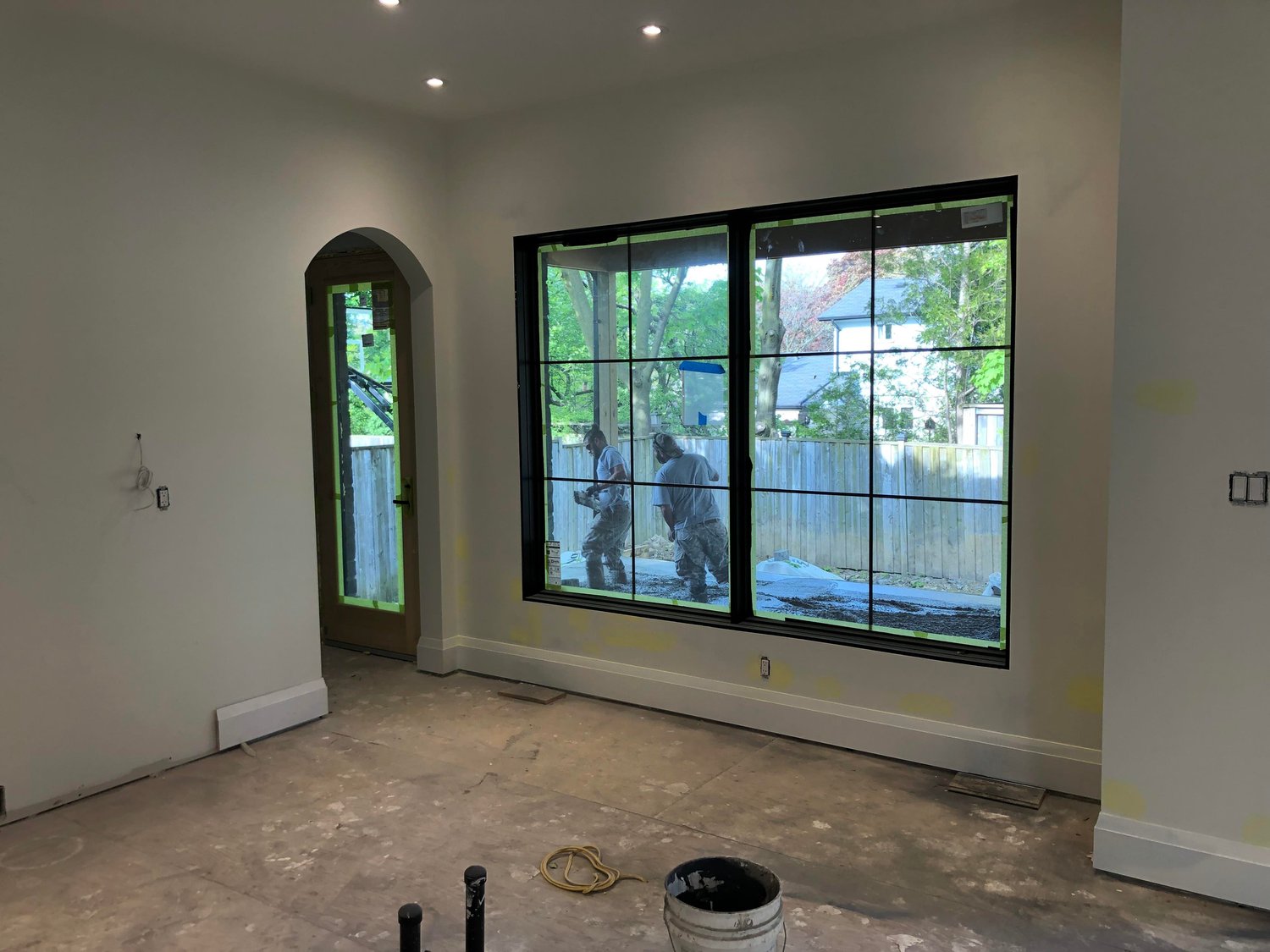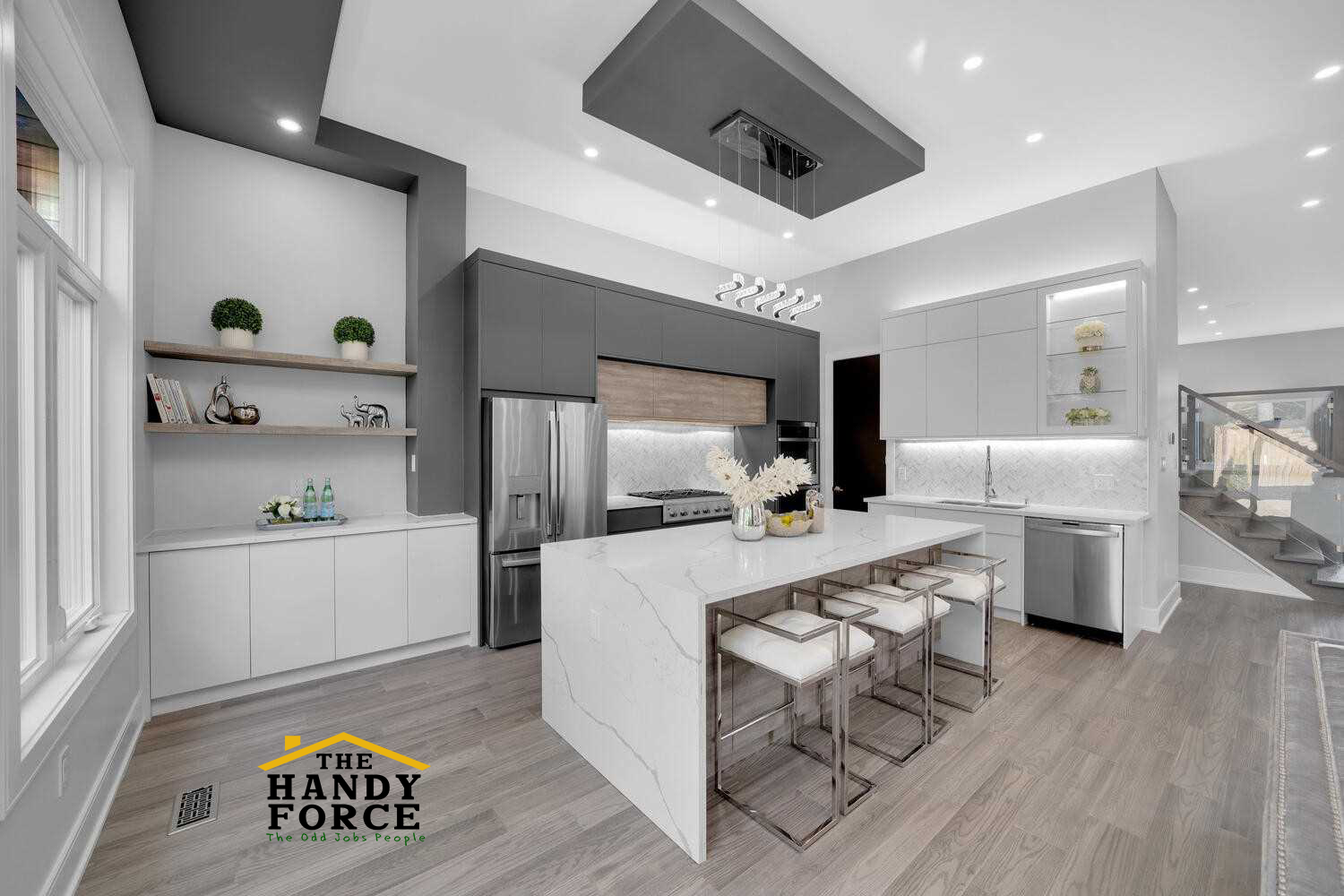Top Reasons to Pick Specialist Renovations London Ontario Solutions
Top Reasons to Pick Specialist Renovations London Ontario Solutions
Blog Article
Just How to Strategy and Execute Effective Home Restorations for Any Type Of Budget Plan
Browsing the complexities of home remodellings requires a tactical approach, particularly when functioning within a minimal budget plan. Preliminary steps involve a thorough analysis of your home's problem and a clear delineation between important repairs and preferred enhancements. Establishing a realistic spending plan is critical, as it acts as the foundation for focusing on jobs and choosing appropriate materials. Nevertheless, the decision-making procedure does not end there; recognizing the effects of going after versus hiring specialists DIY options can dramatically affect both costs and end results. The following actions in this journey might reveal choices you had not considered yet.
Evaluating Your Improvement Demands
Evaluating your remodelling needs is a critical first action in the home renovation process, as it lays the foundation for an effective task. Begin by examining the present state of your home.
Participate in a detailed evaluation of your visual preferences and lifestyle demands. Figure out whether your goal is to increase convenience, enhance energy performance, or raise the residential property's market price. It is also vital to think about the needs of all house participants, ensuring that any kind of suggested renovations fit their requirements and choices.
Additionally, take right into account the overall design and age of your home, as this will lead your style selections and influence the kinds of materials and coatings to consider. File your searchings for and prioritize the restorations by urgency and value. This structured evaluation will certainly not only clarify your vision however additionally work as a recommendation factor throughout the remodelling procedure.
Setting a Realistic Budget Plan
Developing an extensive spending plan is crucial for the success of any type of home renovation task. A well-defined budget not just offers an economic framework yet likewise helps in making notified decisions throughout the restoration process.
Following, research and collect estimates for materials, labor, and any kind of extra prices, such as permits or examinations. This will assist develop a much more exact image of the costs entailed. When creating your budget plan, take into consideration including a contingency fund-- typically 10% to 20% of the general spending plan-- to accommodate unforeseen expenses that often occur throughout improvements.
Bear in mind the market prices for products and labor in your location, as these can differ considerably. Finally, remember that while it is tempting to cut corners to save money, spending in top quality products and skilled labor can yield long-lasting benefits and improve your home's worth. By setting a realistic budget plan, you can navigate your remodelling job with confidence and clearness.
Prioritizing Your Remodelling Jobs
Identifying the order of your remodelling jobs is important for making best use of both your spending plan and the influence of your renovations. Begin by examining the problem of your home and determining areas that require immediate focus, such as architectural repair work or safety concerns. Focus on jobs that deal with these urgent concerns to make sure a useful and risk-free living environment.
Following, consider the prospective roi (ROI) for every task. Concentrate on restorations that enhance your home's value, such as cooking area and restroom updates, which often tend to yield higher returns. Furthermore, evaluate projects that enhance power efficiency, as these can cause lasting cost savings.

Last but not least, remain flexible, as unanticipated obstacles might emerge throughout the renovation procedure. By focusing on effectively, you can guarantee that your initiatives align with your overall objectives, creating a home that meets your demands while remaining within spending plan.
Picking the Right Products
Picking the ideal products for your restoration jobs plays a substantial function in both the practical and aesthetic outcomes of your home improvements. The appropriate products not just improve the visual allure of your room however likewise add to its sturdiness and maintenance requirements.
Begin by taking into consideration the objective of each location you are restoring. Renovations London Ontario. For high-traffic areas like kitchen areas and hallways, select durable products such as porcelain ceramic tiles or hardwood that can hold up against wear. In comparison, for areas like bedrooms or living areas, softer materials like carpeting or he said high-end vinyl might offer extra comfort
Next, examine your budget plan. While selecting premium materials may seem enticing, there are typically cost-effective choices that deliver comparable looks and functionality. Looking into various alternatives can result in unanticipated finds that fit both your style and monetary strategy.
Furthermore, take into consideration the environmental influence of your choices. Lasting products, such as reclaimed timber or bamboo, not just decrease your carbon impact but can additionally add special personality to your home. Ultimately, a well-balanced selection of materials will certainly guarantee your remodelling satisfies your assumptions and offers your needs for several years ahead.
Hiring Specialists or Do It Yourself Options
When it comes to home improvements, considering the pros and disadvantages of working with specialists versus taking the DIY course is vital. Furthermore, their experience can help stay clear of expensive mistakes, making sure that remodellings meet regional structure codes and requirements.
On the other hand, going with a DIY strategy can be substantially Home Page much more economical, enabling home owners to minimize labor prices. It provides a possibility for personalization and contentment in completing a job individually. Nevertheless, this course requires a sensible assessment of one's abilities, time schedule, and the complexity of the restoration jobs.
Home owners should think about the range of the task, their spending plan, and timeline when making this decision. For comprehensive restorations or those calling for specialized knowledge, hiring a specialist may be the very best option. Alternatively, smaller sized tasks that straighten with individual capability can be fulfilling and affordable when dealt with as a DIY venture. Eventually, the option ought to weblink line up with the property owner's sources, goals, and capabilities (Renovations London Ontario).
Conclusion

Navigating the complexities of home restorations needs a critical strategy, particularly when working within a limited budget.Assessing your remodelling needs is an important very first action in the home enhancement process, as it lays the foundation for a successful project.Establishing an extensive budget is important for the success of any home remodelling project. When creating your spending plan, take into consideration consisting of a backup fund-- commonly 10% to 20% of the total budget plan-- to fit unforeseen expenses that typically develop during renovations.
Effective home improvements call for cautious planning and implementation, regardless of budget plan restrictions.
Report this page